Anne Mai Yee Jansen is a literature and ethnic studies professor and a lifelong story lover. She exists on a steady diet of books, hot chocolate, and dragon boating. After spending over a decade in the Midwest and the Appalachians, she returned to the sun and sandstone of California’s central coast where she currently resides with her partner, offspring, and feline companions. Find her on Instagram @dreaminginstories
Halloween is just around the corner, making it a fun time of the year to pick up a haunted house novel. Whether or not you enjoy the thrills and chills of the season, haunted house novels can be both entertaining and thought-provoking.
I love ghost stories and have written previously about the social significance of the haunted house in US literature. The long and short of it is that ghosts are convenient literary devices that allow authors to link past traumas (represented by the figure of the ghost) to present circumstances.
Where haunted house novels are concerned, it’s less about the ghosts themselves and more about the larger question of what’s haunting the (metaphorical) houses. That’s not to say the ghosts are irrelevant in haunted house novels—on the contrary, they’re often the agents of the haunted houses.
Interestingly, there’s a whole subset of haunted house novels where the house isn’t actually haunted. Sometimes it’s a hoax, other times, the characters believe the house isn’t haunted but discover they were very, very wrong. And still, other times, the house really wasn’t haunted…until someone died partway through the novel, and then (you guessed it): now it’s haunted.
Regardless of whether or not the literary haunted house is haunted by actual ghosts, the question of what exactly haunts the house is usually a central concern. In other words, the houses in haunted house novels tend to be haunted by larger issues that may or may not be magnified by a paranormal presence.
The Fright Stuff Newsletter
Ready for some thrills and chills? Sign up to receive the latest and greatest from the world of horror.
Thank you for signing up! Keep an eye on your inbox.
The books on this list feature a mix of haunted house types, but what they all have in common is that their houses are haunted by some form of bigotry. Whether it’s racism, sexism, ableism, or some other form of hateful ideology, these haunted houses have a lot to say about the issues we’re haunted by today. And with Halloween (and a big election) looming on the horizon, well, there’s no shortage of skeletons in our cultural closet.
So grab a haunted house novel and get reading, because there’s always something (or someone) lurking in the shadows just waiting to be discovered.
Harvest House by Cynthia Leitich Smith
I love that Smith’s YA novel is about a Halloween haunted house attraction that’s actually haunted. It opens with a ghost named Celeste telling the reader, “The Bad Man has many faces, and I remember them all.” If that’s not a fantastic first line, I don’t know what is! From there, the novel delivers Hughie Wolfe, a teenager who’s excited to get to work behind the scenes at the new autumn attraction. But when racist Halloween tropes and real-world violence against Indigenous women, girls, and Two-Spirit people converge, the haunting at the heart of this tale turns out to be much bigger than the average teenage drama. The fact that the story unfolds in chapters that count down to Halloween lends a further sense of urgency to it that will have you turning pages like there’s no tomorrow.
One of Us Knows by Alyssa Cole
I loved Cole’s thriller When No One is Watching, so when I heard she’d published a new thriller I was super excited! One of Us Knows doesn’t disappoint. The novel opens with a collaborative journal between Ken Nash’s “known/verified headmates” (or alters). Ken lives with dissociative identity disorder (DID) and at the beginning of the book she wakes up after being dormant for several years, only to discover that one of her alters has secured her a job as the caretaker of what turns out to be a historic island home that is an exact replica of the castle in Ken and her alters’ inner world. When a man tied to Ken’s past is murdered on her watch, she and her alters have to figure out what happened fast. It’s a well-crafted exploration of racism, sexism, and ableism, and while I don’t have DID and can’t speak from personal experience, the novel (which is narrated by Ken and her alters) seems to offer a sensitive and nuanced depiction of someone living with DID.
Mexican Gothic by Silvia Moreno-Garcia
This is one of my all-time favorite contemporary gothic novels. Silvia Moreno-Garcia’s signature blend of romance elements with other genres (in this case, a haunted house tale) delivers in droves. Young socialite Noemí Taboada knows something’s not right with her newlywed cousin, so she convinces her father to let her leave the city to check in. What she finds is a creepy and decaying mansion full of her cousin’s very austere in-laws and something truly terrifying hiding in the walls. And all is assuredly not okay. With only her own resourcefulness and investigations to guide her, Noemí’s visit turns into a deadly narrative of one woman’s refusal to become another line item in the annals of patriarchy and colonialism.
Reprieve by James Han Mattson
A novel about a full-contact haunted house-themed escape room where participants compete as a team to collect all the envelopes in hopes of winning a big cash prize (and a T-shirt)? Yes, please! The premise of Mattson’s novel is already fascinating, but the idea of a haunted house experience people sign up for, knowing they’ll be physically accosted, is only deepened by the fact that in this story, someone murders one of the contestants. The rest of the novel delves deep into each of the surviving characters’ backstories. As their pasts unfurl, a larger picture of what haunts the United States begins to take shape. In this vein, Mattson explores some of the more nuanced aspects of bigotry surrounding race, gender, and sexuality.
The Reformatory by Tananarive Due
It’s 1950 and Robbie Stephens, Jr., is 12 years old when he’s sentenced to half a year at the Reformatory for defending his sister against the son of a wealthy white man. As if that wasn’t bad enough, Robbie’s ability to see ghosts means that he has access to a whole other side of life at the Reformatory—namely, the afterlives of its previous inmates (because make no mistake about it: the “reform school” is a prison for children). As his family joins forces to try to liberate him, he has to work with his new friends (living and dead) in the Reformatory to make sure he stays alive long enough to get out. It’ll come as no surprise that what haunts this novel is the same legacy of systemic racist violence that haunts the contemporary United States.
The Hacienda by Isabel Cañas
In the aftermath of the Mexican War of Independence, Hacienda San Isidro was supposed to be Beatriz’s home—a place in this world she could finally call her own. But rumors about her new husband’s late wife and the nature of her death may be more than rumors. With no help to be found from any of her new in-laws or the house staff, Beatriz forges an unlikely friendship with the local priest (who’s more than just a priest, as it turns out). Together, they’re up against a house haunted by more than just a ghost. This haunting is about the characters, and it’s also about racism, colonialism, and powerful institutions.
She is a Haunting by Trang Thanh Tran
This YA horror novel is so delightfully disturbing. When Jade reluctantly heads to Vietnam the summer before college to help her absentee dad turn a crumbling colonial manor into a trendy B&B, she has no idea that she’s walking straight into the clutches of a hungry haunted house. As her crush on Florence, her dad’s business partner’s spunky niece, grows into something more meaningful, the insatiable desires of the house become harder and harder to escape. With all the weight of both France’s and the United States’ colonial histories bearing down on her and her family, Jade has to do a lot more than some web design to secure her future in this life.
House of Hunger by Alexis Henderson
This novel reads almost as much like a vampire novel— with its attendant preoccupations with wealth and status— as it does a haunted house tale. Marion’s life is one never-ending cycle of awful. Born in the slums, she’s stuck between her terrible employer and her ailing brother…until she sees an ad for a “bloodmaid.” She decides to take the position but at a great, irreversible personal cost. When she discovers that she’s one of several bloodmaids for Countess Lisavet (and that she’s not at the top of the hierarchy), it becomes apparent that she’s still at the mercy of others. There are multiple explorations of what it means to be haunted in this novel, and on top of all that is Marion’s growing love for Lisavet.
Still Seeking Paranormal Perfection?
There’s always another ghost story to be found. Try this list of haunted house romance books or this list of stories featuring haunted locations. Or if it’s ghosts in particular that you’re in the mood for, try the books on this list of stories with ghosts.
If a horror fan forwarded this newsletter to you or you read it on bookriot.com and you’d like to get it right in your inbox, you can sign up here.

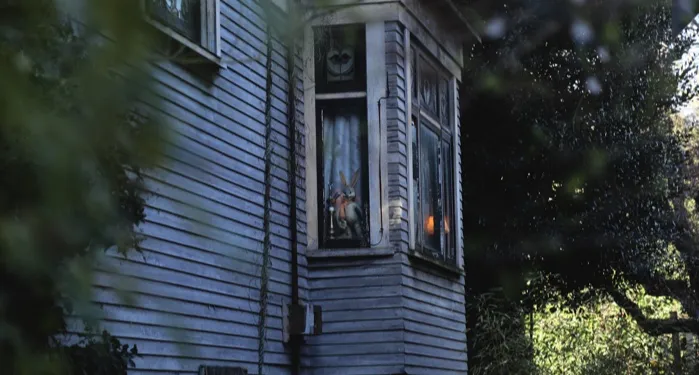
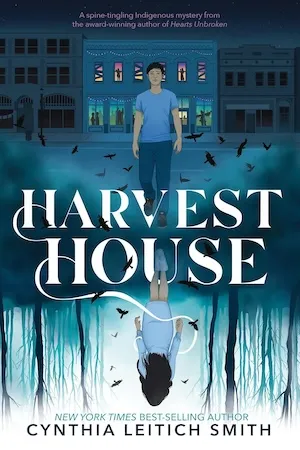
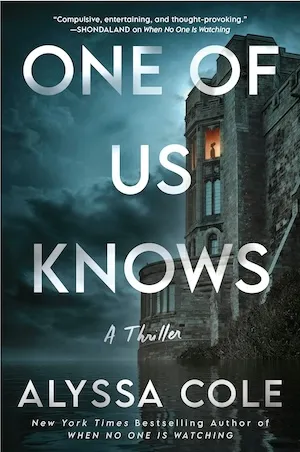
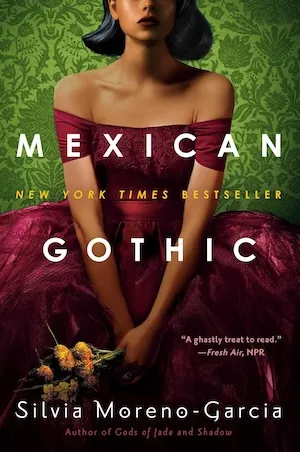
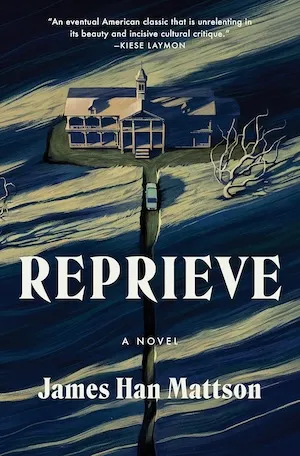
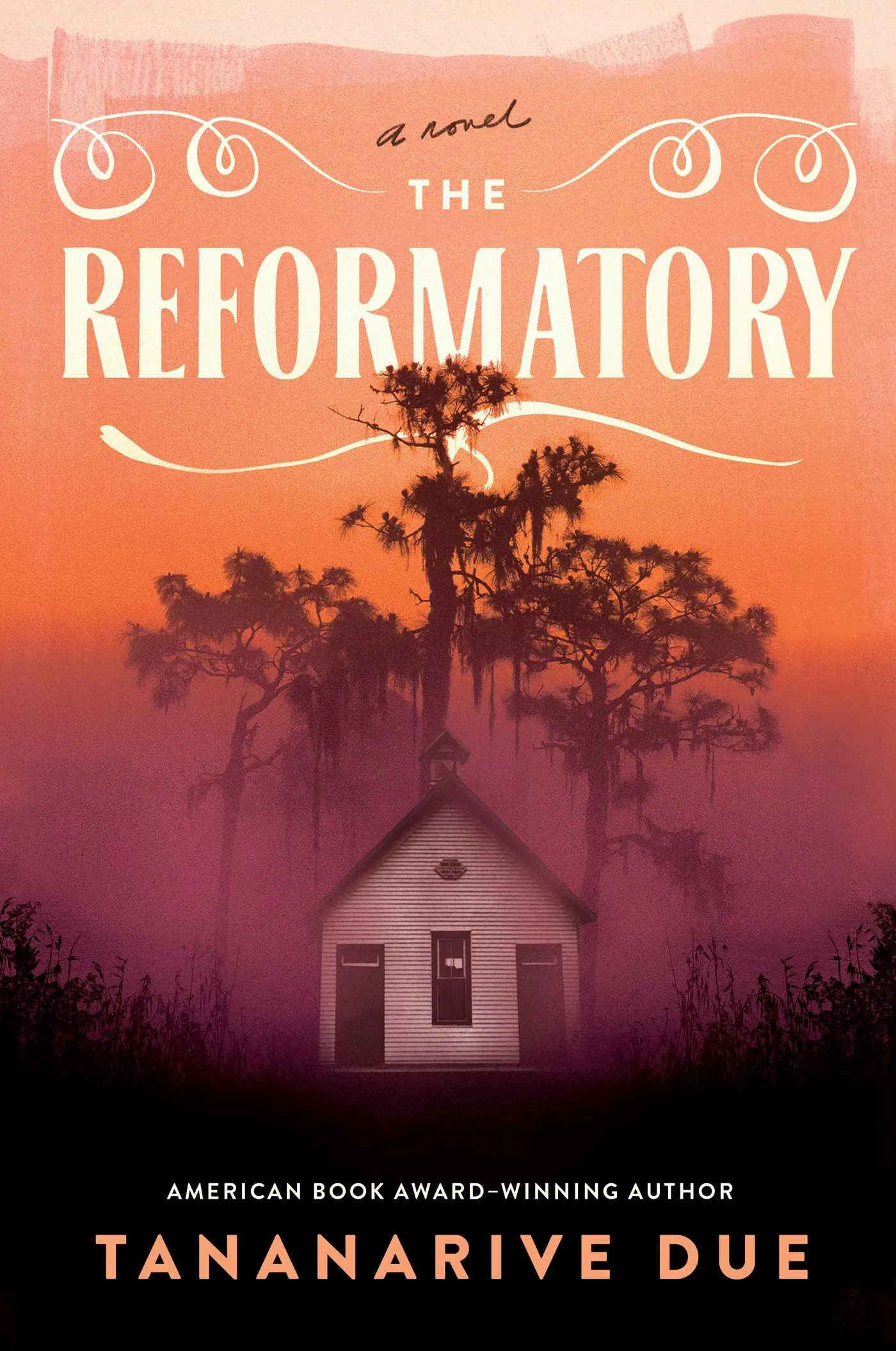
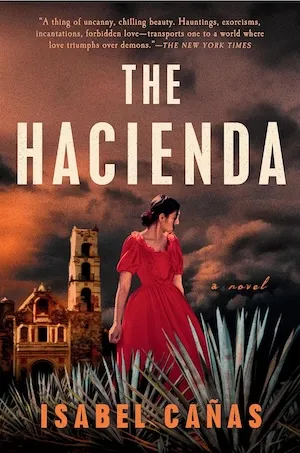
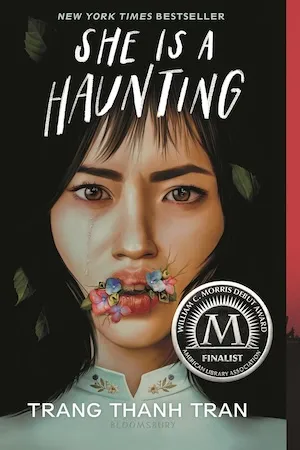
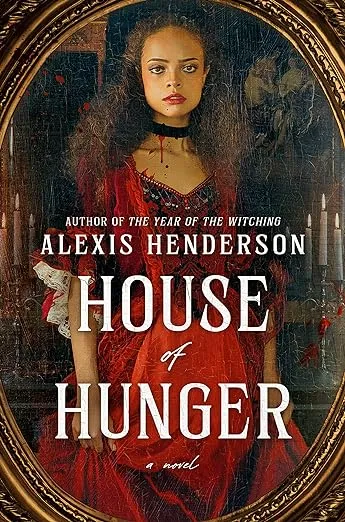





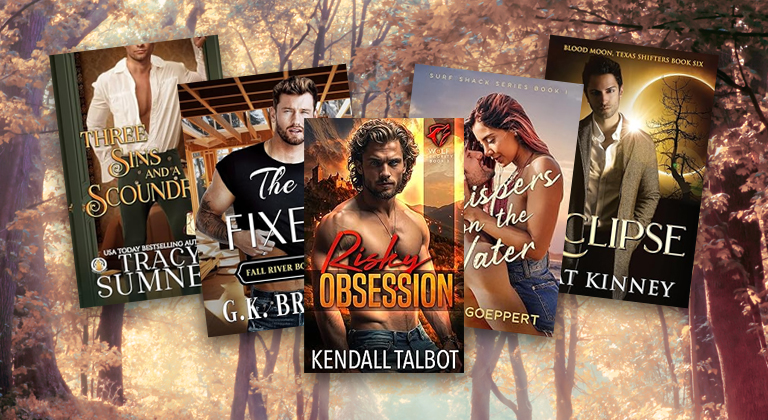







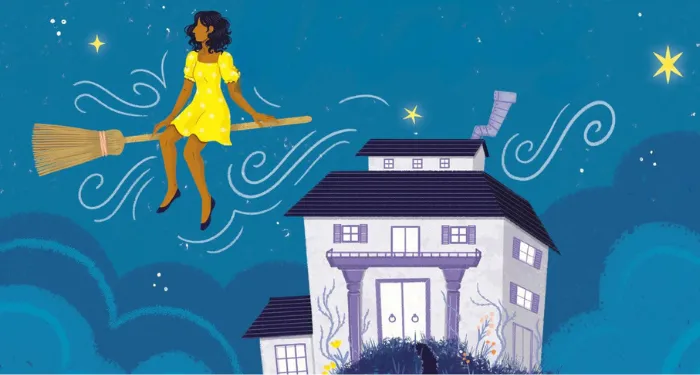


 English (US) ·
English (US) ·